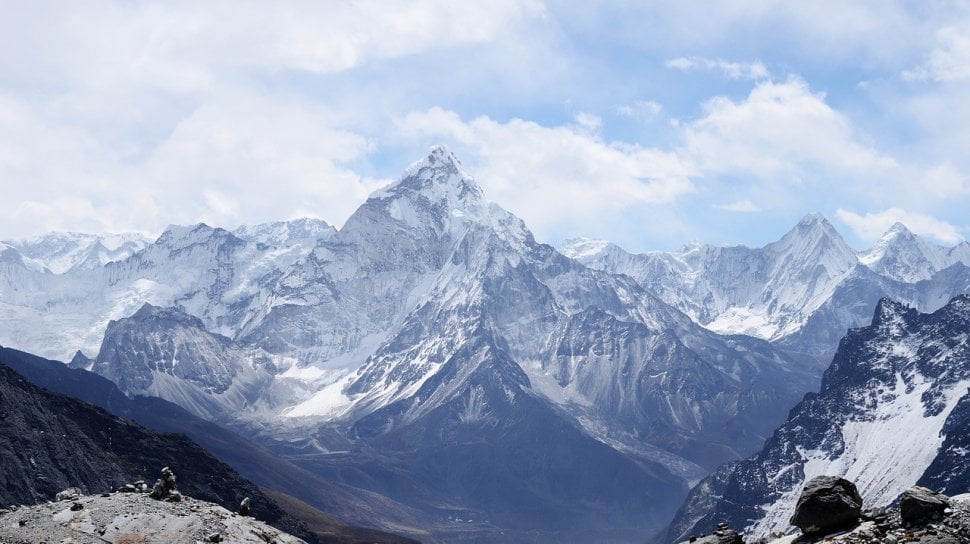Suara.com – Snow usually white over the mountains Alps, France, is now turning red like blood.
This is not caused by real blood. Known as “glacier blood”, it comes from microalgae who live in the snow.
Reported from Live Science, Thursday (10/6/2021), experts recently went to the Alps to study the mysterious organism.
The expedition is part of the AlpAlga project, an effort to study microalgae that live in mountains 1,000 to 3,000 meters above sea level.
Also Read:
Cable Car Breaks in the Alps, 14 People Killed Including Children
Just as microalgae inhabit oceans, lakes, and rivers, microalgae in snow help form the basis of food webs in mountain ecosystems and may react to pollution and climate change in the same way.
In general, microalgae cells are only a few thousandths of an inch in size and live as single-cell organisms.
“Microalgae that turn red in snow are technically green algae because they belong to the phylum Chlorophyta and contain a specific form of chlorophyll, the green pigment that enables photosynthesis,” said Eric Maréchal of the Laboratory of Cellular and Plant Physiology.
Maréchal added that besides chlorophyll, this algae also contains carotenoids, namely orange and red pigments.
Carotenoids act as antioxidants and possibly protect algae from the harmful effects of intense light and ultraviolet radiation at high altitudes.
Also Read:
Ridwan Kamil Tulis Harapan, Citizens Attack the IG Account of the Prime Minister of Israel
When a large amount of algae grows very fast, the surrounding snow will appear red or orange due to the accumulation of carotenoids. Because of that the glacier was red as blood which looked terrible.
At this point, experts think that algae is a marker of climate change, with the growth of these organisms reflecting increased carbon dioxide levels and changes in the environment.
However, experts don’t have enough data yet. This new study could help a team of scientists to find out what environmental conditions trigger algae blooms and other questions.
![Alpalga. [Alpalga]](https://media.suara.com/pictures/653x366/2021/06/10/84420-alpalga.jpg)
In an upcoming expedition later this month, the team plans to build a long-term research site so experts can track algae growth through changing seasons.
– .


